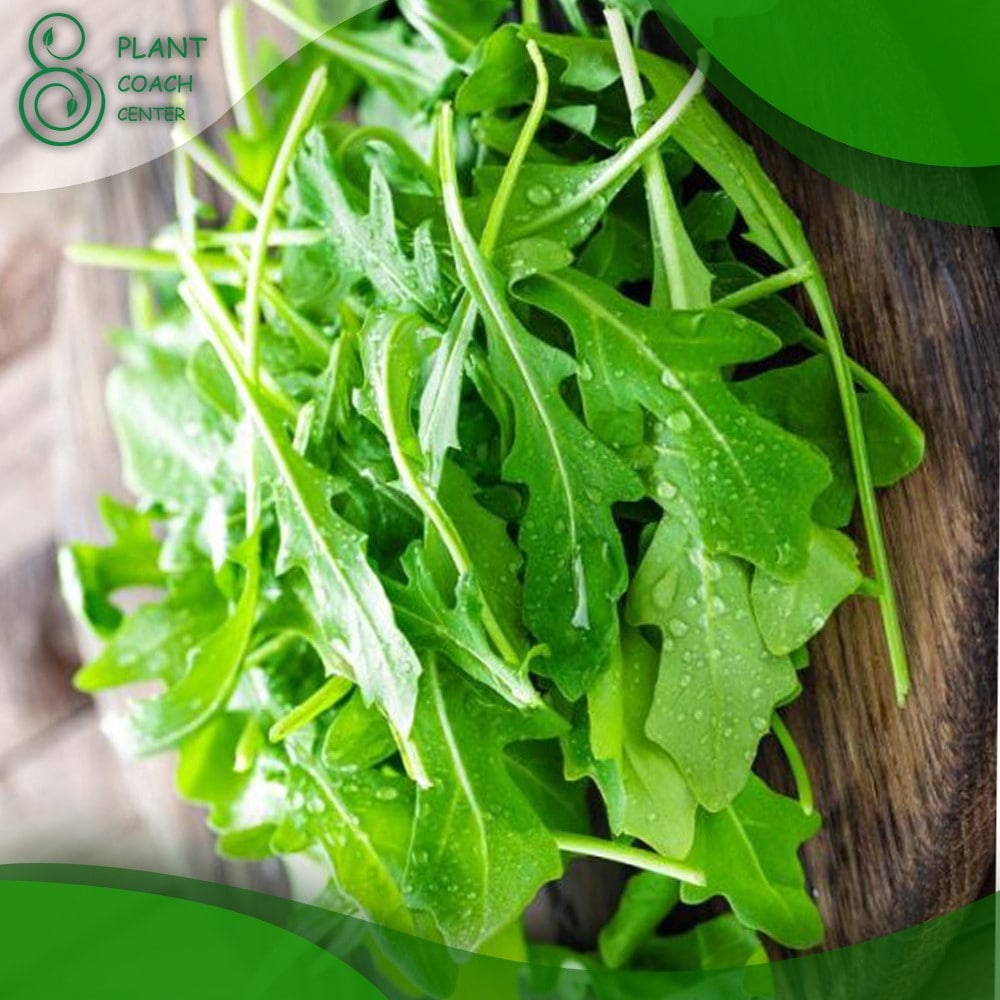When to Plant Arugula: Introduction
If you are a gardening enthusiast, you know that understanding plant problems and knowing when to plant specific plants is crucial for a successful garden. In this article, we will discuss when to plant arugula, a popular leafy green vegetable that requires specific growing conditions.
We will cover various aspects of arugula plant care, including planting techniques, watering and fertilizing requirements, common problems, and solutions. We will also discuss how plant coaching can help arugula growers resolve plant problems and achieve a successful harvest. For more information on plant coaching, visit plantcoachcenter.com.
Understanding Arugula
Arugula is a leafy green vegetable that is popular in salads and sandwiches. It has a peppery taste and a distinct flavor that makes it a favorite among foodies. There are several types of arugula, including wild arugula, cultivated arugula, and baby arugula. Arugula is a good source of vitamins and minerals, including vitamin K, vitamin C, and folate. It also contains antioxidants that can protect against cellular damage.
Growing Requirements of Arugula
Arugula is a cool-season crop that prefers well-draining soil and partial shade. It can tolerate some heat, but it grows best in temperatures between 50 and 65 degrees Fahrenheit. Arugula seeds usually take about 7-10 days to germinate, and the plants can reach maturity in about 40-60 days.
When to Plant Arugula
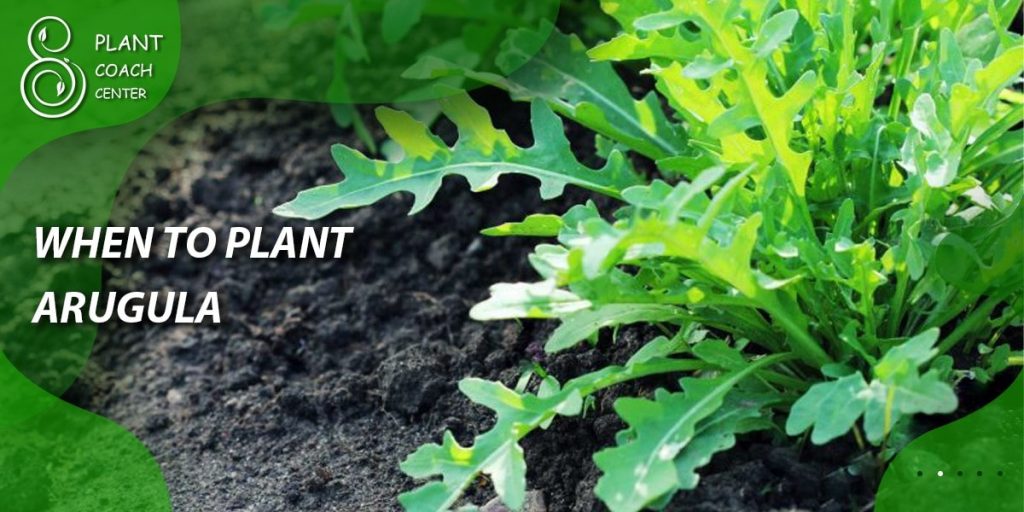
The best time to plant arugula is during the spring and fall when temperatures are cooler. Arugula seeds can be planted directly in the soil or started indoors and transplanted outside. If planting directly in the soil, make sure the soil is at least 50 degrees Fahrenheit. To start arugula seeds indoors, use a seed starting mix and keep the soil moist until the seeds germinate. Once the plants are about 2-3 inches tall, they can be transplanted outside.
Techniques for Planting Arugula
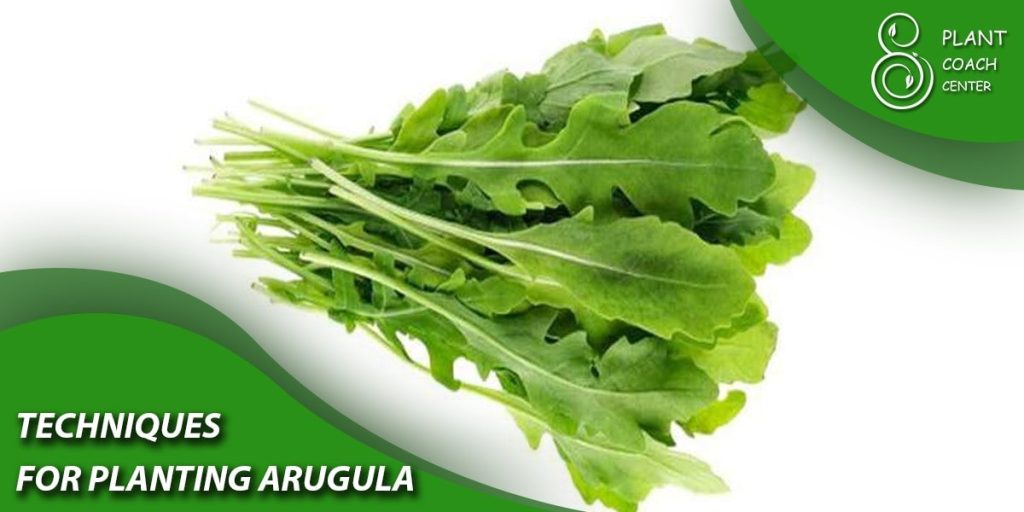
Preparing Soil for Arugula
Arugula prefers well-draining soil with a pH between 6.0 and 7.0. To prepare the soil for arugula, follow these steps:
– Remove any weeds or debris from the planting area.
– Add compost or organic matter to improve soil quality.
– Mix in a slow-release fertilizer to provide nutrients.
Seed Selection and Preparation
Select high-quality arugula seeds from a reputable supplier. Before planting the seeds, soak them in water for a few hours to help with germination.
Planting Arugula Seeds
To plant arugula seeds, follow these steps:
– Make shallow rows in the soil about ½ inch deep.
– Place the seeds about 1 inch apart in the rows.
– Cover the seeds with soil and lightly pat down.
– Water the soil gently to avoid disturbing the seeds.
Watering and Fertilizing Requirements for Arugula
Arugula requires consistent moisture to grow properly. Water the plants deeply once a week, and make sure the soil stays consistently moist but not waterlogged. Fertilize arugula plants once a month with a balanced fertilizer to provide essential nutrients.
Caring for Arugula Plants
Pruning and Shaping Arugula Plants
Arugula plants don’t require much pruning or shaping. However, it’s crucial to keep the plants well-watered and free of debris or weeds.
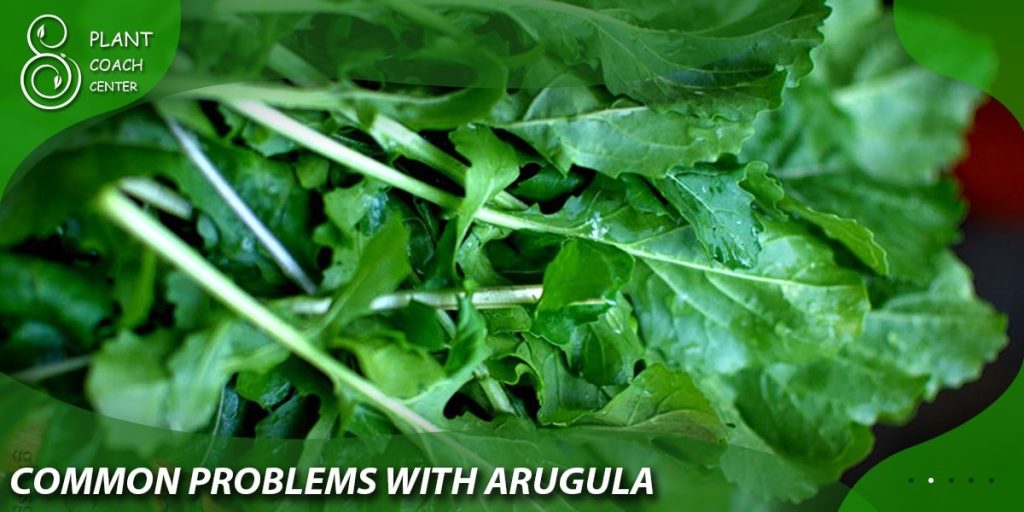
Common Problems with Arugula
Arugula plants are susceptible to several problems, including yellowing and wilting of leaves, pest and insect infestations, fungal diseases, and nutrient deficiencies.
Yellowing and Wilting of Leaves
Yellowing and wilting of leaves can be caused by overwatering or underwatering. To prevent this problem, make sure the soil stays consistently moist but not waterlogged.
Pest and Insect Infestations
Arugula plants can be attacked by pests and insects such as flea beetles, aphids, and slugs. To control these pests, use natural insecticides or repellents.
Fungal Diseases
Fungal diseases like powdery mildew and downy mildew can affect arugula plants, especially during humid weather conditions. To prevent fungal diseases, make sure to provide good air circulation around your plants and avoid overwatering.
Nutrient Deficiencies
Arugula plants can suffer from nutrient deficiencies such as iron, magnesium, or nitrogen deficiency. To prevent this problem, use a balanced fertilizer once a month to provide essential nutrients.
Troubleshooting Arugula Problems
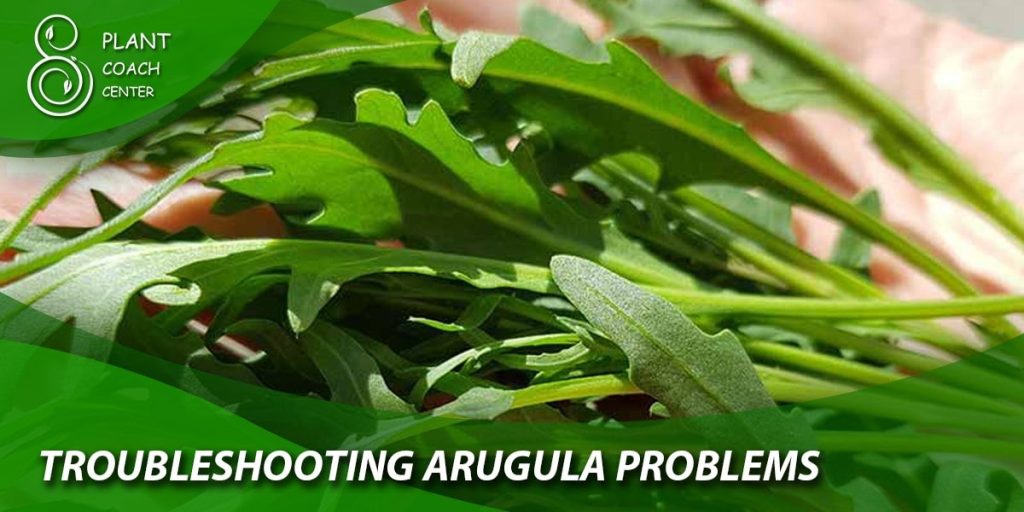
Identifying the Cause of Arugula Problems
To identify the cause of arugula problems, examine the leaves for signs of yellowing, wilting, or discoloration. Check for pests or insects on the plants and examine the soil for moisture levels and nutrient deficiencies.
Steps to Resolve Arugula Problems
Depending on the cause of the problem, there are several steps you can take to resolve arugula problems. For example, if the problem isoverwatering, reduce the frequency of watering. If the problem is a nutrient deficiency, use a balanced fertilizer to provide essential nutrients. If the problem is pests or insects, use natural insecticides or repellents to control them.
Preventing Future Arugula Problems
To prevent future arugula problems, follow these tips:
– Plant arugula in well-draining soil with good air circulation.
– Water the plants deeply once a week, making sure the soil stays consistently moist but not waterlogged.
– Fertilize the plants once a month with a balanced fertilizer to provide essential nutrients.
– Keep the plants free of debris and weeds.
– Use natural insecticides or repellents to control pests and insects.
Plant Coaching for Arugula Problems
If you’re experiencing arugula problems that you can’t resolve on your own, plant coaching can help. Plant coaches are experts in plant care and can provide personalized advice and solutions for your specific arugula problems. They can also offer tips and advice on how to prevent future problems and achieve a successful harvest.

Finding a plant coach to help you with your arugula problems is easy.
Here are some steps you can take:
- Conduct an online search for plant coaching services: Use search engines like Google to find plant coaching services that specialize in arugula or vegetable gardening. You can use search terms such as “arugula plant coach,” “vegetable garden coach,” or “plant care coach.”
- Check out plant coach directories: There are several online directories that list plant coaches and their specialties. You can browse these directories and find a plant coach that specializes in arugula or vegetable gardening.
- Ask for referrals: Ask friends, family members, or gardening groups for referrals to plant coaches they may have used in the past. Referrals can be a great way to find a trusted and experienced plant coach.
- Contact plant coach services: Once you have a list of potential plant coaches, contact them to discuss your arugula problems. Ask about their experience, rates, and availability. Most plant coaches offer a free consultation, so take advantage of this opportunity to learn more about their services.
- Choose a plant coach: After you have spoken with several plant coaches, choose the one that you feel most comfortable working with. Ensure that they have experience with arugula or vegetable gardening and that their rates fit your budget.
By following these steps, you can find a plant coach to help you with your arugula problems and achieve a successful harvest. Remember to be clear about your expectations and goals when working with a plant coach, and don’t hesitate to ask questions and seek clarification as needed.
Conclusion
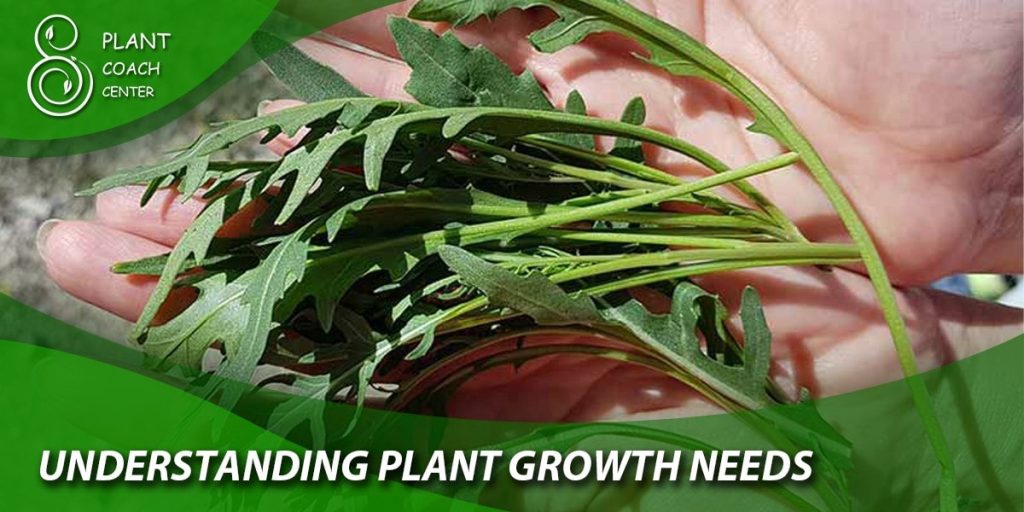
In conclusion, arugula is a popular leafy green vegetable that requires specific growing conditions. To grow arugula successfully, it’s crucial to understand the plant’s growing requirements, including planting techniques, watering and fertilizing requirements, and common problems and solutions.
If you’re experiencing arugula problems that you can’t resolve on your own, plant coaching can help. For more information on plant coaching, visit plantcoachcenter.com. By following the tips and advice in this article, you can grow healthy and delicious arugula plants and enjoy a successful harvest.
When should I plant arugula?
Early spring.
What is the best time for arugula planting?
Cool weather.
When can I sow arugula seeds?
Spring or fall.
What season should I plant arugula?
Spring or autumn.


